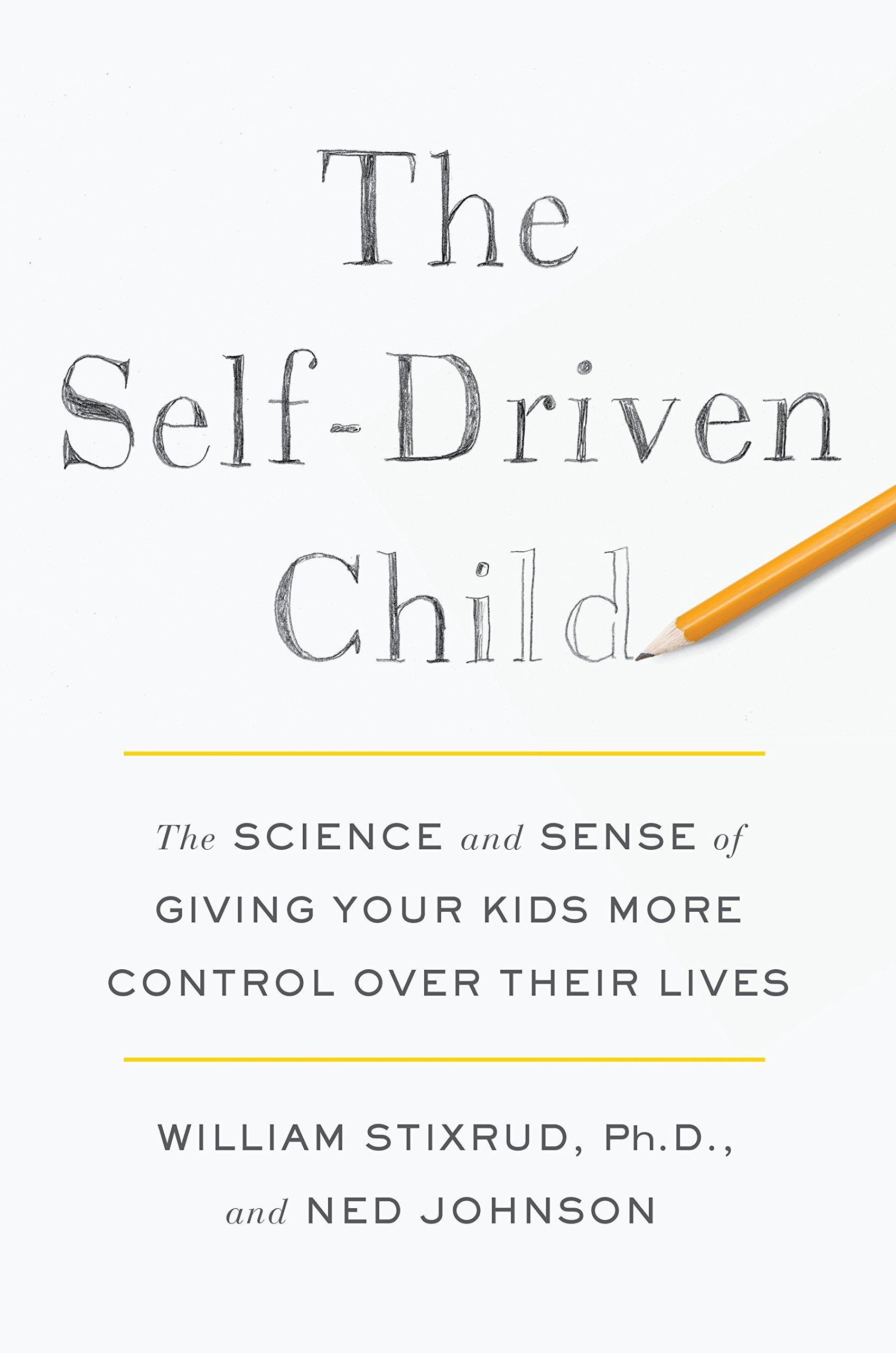A few days ago my 10-year-old daughter confessed to me that she hasn’t been doing very well in her language arts assignments at school. My eyebrows immediately went up (according to my kids this is my instant “tell” of displeasure).
“What do you mean?” I asked in my best fake-casual tone.
“I can’t write anything in the journal we do every morning.”
“But you’re such a good writer.” (That’s helpful.)
“I just can’t think of anything to write. I don’t like the prompts.”
“What are the prompts?”
“I don’t know, stuff about recycling and stuff.”
“But you’re so thoughtful about the environment.” (Again, so helpful.)
“I’m just not interested in it, Mom. My brain freezes and I can’t write anything.”
I continued to offer trite solutions until she was looking for any reason to stop talking to me. She finally told me she had to go to the bathroom and skulked off with a sigh.
I’m consistently impressed by how quickly I go into fix-it mode when my kids aren’t meeting expectations. I’ve been an educator for more than 20 years and learned long ago that the degree to which I see a student’s learning as a problem to be solved is the degree to which I will fail as a teacher. My job is to help adolescents learn how to solve problems, to help them learn how to learn, how to persevere, how to thrive. That only happens when we’ve built a foundation of real trust. If I’m looking to solve their problems, I’m suggesting I don’t trust them to do so, and they, in turn, begin to believe they can’t be trusted to help themselves.
Where is all that wisdom when I’m in parent mode?

Over the summer I suggested to our faculty and parents that they put on their reading lists The Self-Driven Child by Ned Johnson and William Stixrud. It was one of the best nonfiction reads of my sabbatical because it brings the power of research to what, after 15 years of teaching and leading at Thacher, I know to be true: kids thrive when they are given real trust, responsibility, and agency in the context of an authentically supportive environment. And though I don’t agree with everything it has to offer, I particularly appreciate the book’s practical approach. The authors support their thesis with applicable suggestions for navigating the everyday scenarios that easily trap parents and educators into taking control and trust away from our kids when what they need most is to practice navigating their difficulties themselves.
One theme that struck a particular chord for me and other parents and teachers who joined me in discussing the book over our recent Family Weekend is what happens when we let anxiety about our children’s short-term achievement cloud our long-term goals for our kids. An oversized focus on the short-term heightens our children’s anxiety, stress, dependence, and lack of confidence.
When we take the long view, however, setting our compass to goals like independence, confidence, responsibility, resilience, creativity, well-being, we orient our relationships with our kids and students around a model of growth. Mistakes, shortcomings, even resistance become opportunities for them to learn how to thrive rather than pathways to ultimate failure. Johnson and Stixrud encourage parents to think of themselves as consultants rather than bosses. They suggest telling our kids we’re willing to help, offering advice, offering to set up structure, but making it clear to them and ourselves it’s not our job to make them do their work or to solve their problems. This also happens to be the mindset of great teachers.
Determined to bring my educator perspective to my parenting, last night I gently asked my daughter if she’d had any more thoughts about her journal entry assignments. She broke into a smile.
“My teacher asked me what was getting in the way of my writing, and I told her I didn’t feel I had anything to say about the prompts. She asked if I’d like to try making my own prompts. She said the most important thing was just that I practiced writing everyday. That’s the point of the journal. So today I wrote eight whole sentences on ‘Is green really green?’ ”
I had a choice in that moment to focus on my short-term concern that my daughter wasn’t learning to buckle down and complete an assignment even when she’s not interested in it, or my long-term goal that she learn to express herself with confidence and clarity. I decided to follow her teacher’s great example and take the long view.
“What do you think you’ll write on tomorrow?” I asked.
“I’m not sure,” she replied with a shrug. “I might write on the prompt she gives us. I don’t think I should only write about stuff I like.”
And that might be the real magic of the long view. It allows us to loosen our grip just enough to let our kids find answers for themselves.